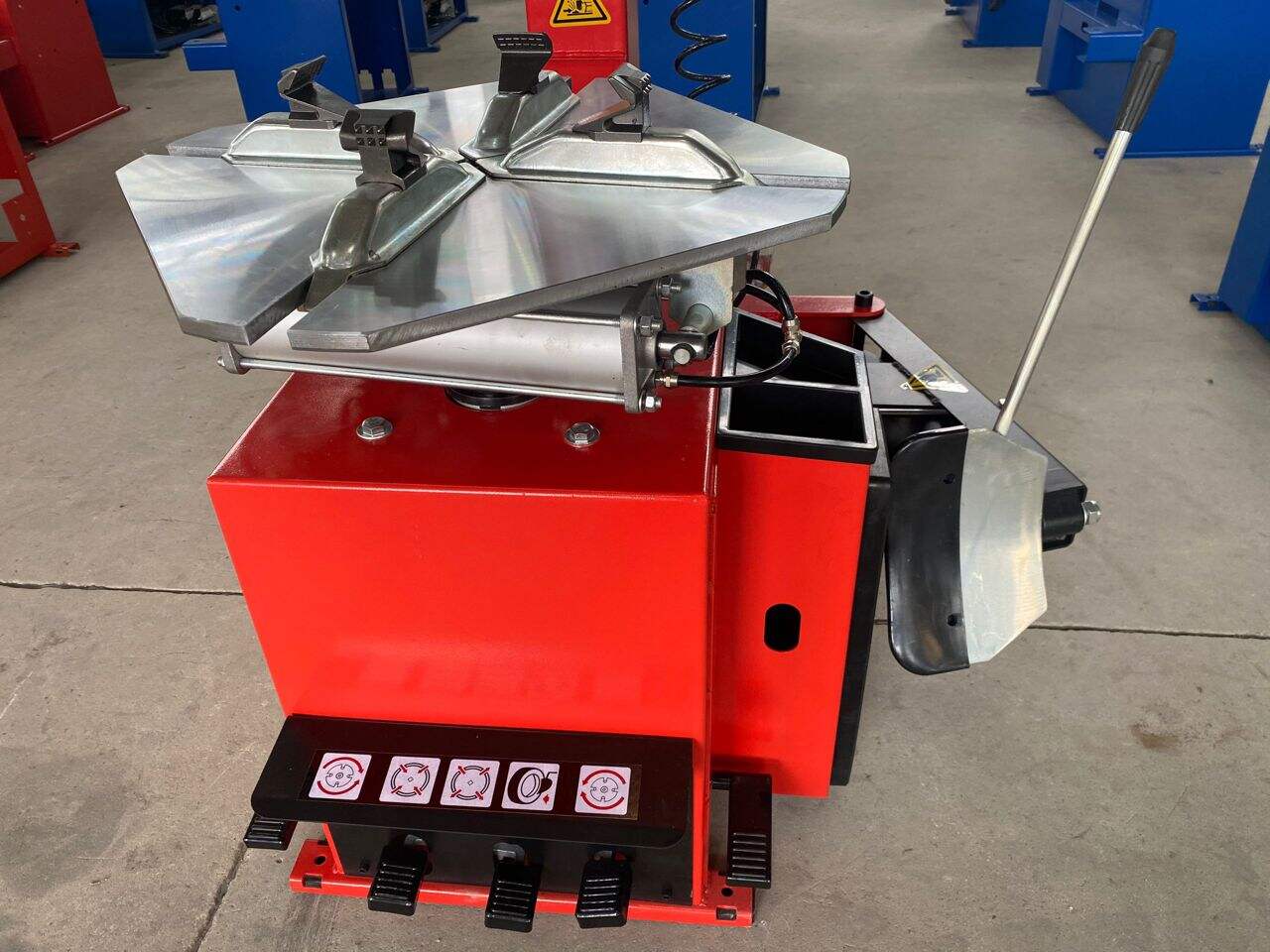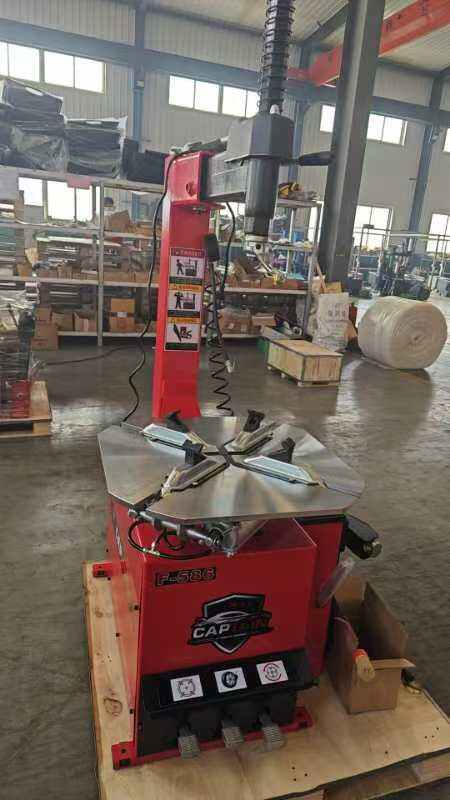kannettava käsikäyttöinen rengasvaihtajan valmistaja
Innovaatioiden eturintamassa renkaiden huollossa, kannettava manuaalinen renkaanvaihtaja valmistajamme esittelee laitteiden sarjan, joka ilmentää tehokkuutta ja käytännöllisyyttä. Näiden laitteiden päätoiminnot sisältävät renkaiden asentamisen ja poistamisen vaivattomasti, jopa ilman sähköä. Teknologiset ominaisuudet, kuten kestävä runkorakenne, korkealaatuiset materiaalit ja käyttäjäystävällinen ergonomia, takaavat kestävyyden ja mukavuuden käytön aikana. Ihanteellinen monenlaisiin sovelluksiin, mukaan lukien autokorjaamot, mobiilipalvelut ja tee-se-itse-harrastajat, nämä renkaanvaihtajat ovat monipuolisuuden ja luotettavuuden huipentuma.


